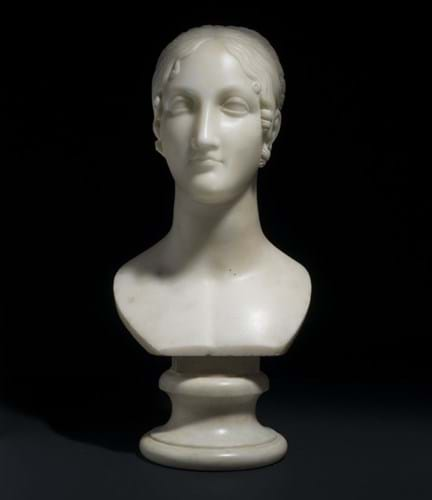
The 16.5in (42cm) high sculpture is one of a series of classically-inspired heads conceived by Canova between 1821 and 1822. This bust represents Lucrezia d’Este (1535-98), daughter of Ercole II d’Este, the Duke of Ferrara, and Princess Renée of France, the grand-daughter of Lucrezia Borgia.
This particular bust was first owned by Alexander Baring (1774-1848), 1st Baron Ashburton and a member of the famous banking family.
Baring was a keen art collector. As well as a collection of Dutch, Flemish and Italian Old Master paintings, he acquired contemporary works including several sculptures by Canova. Alongside the bust of Lucrezia these included a bust of Napoleon given to him by Talleyrand, the French Prime Minister.
Baring created homes for his collection at Bath House, Piccadilly and The Grange, Hampshire – a country house that had been redesigned as a Neoclassical Greek Temple which he acquired in 1816.
Baring later gave the Lucrezia bust to a friend and it has not been seen in public since it was last exhibited in New York in 1928.
At the auction held by Hôtel des Ventes de Monte Carlo on April 27, the sculpture was contested by numerous overseas bidders who came to Monaco for the event.





